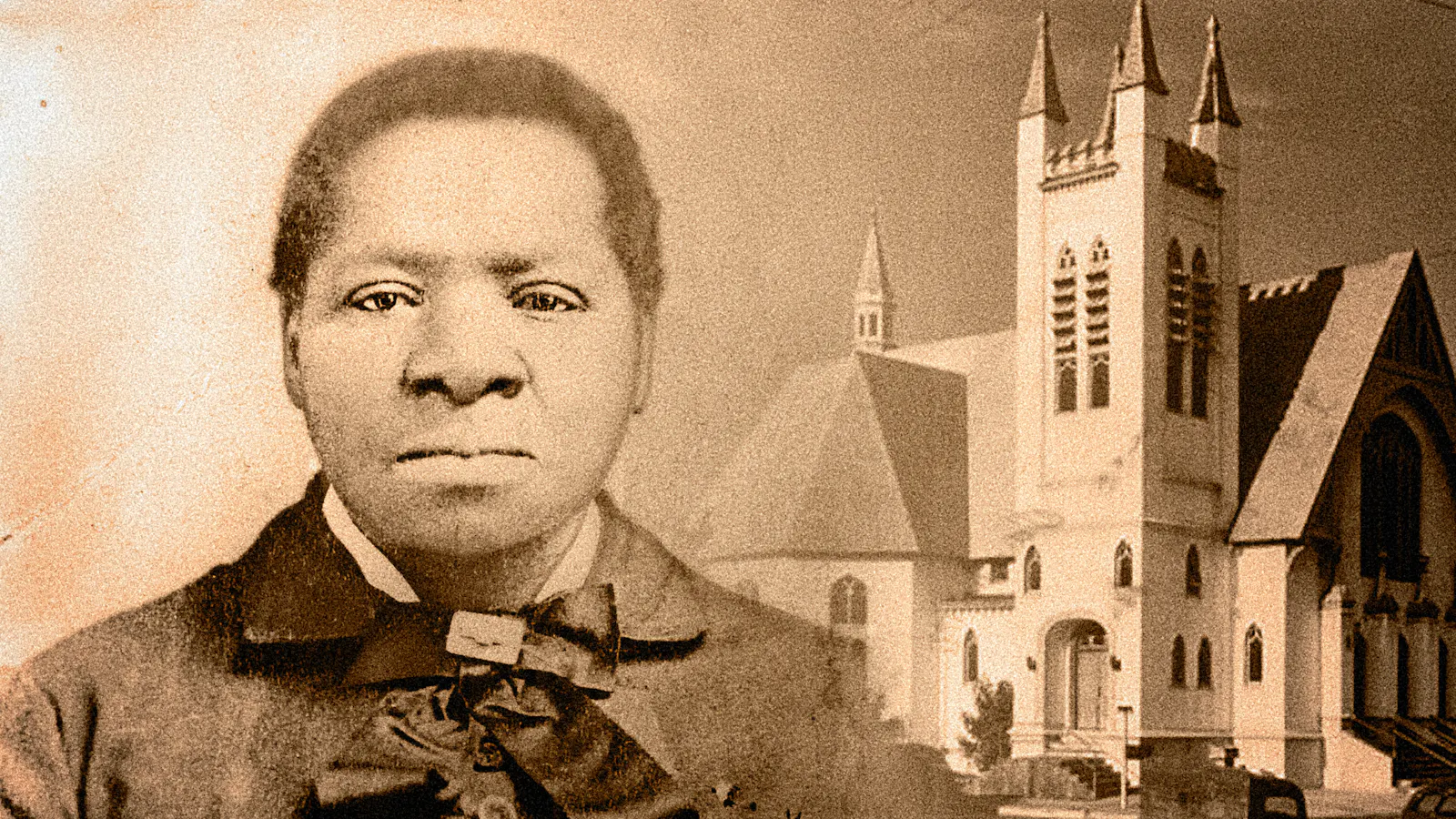Newsletter No 8 - Emancipate yourself
Good morning, afternoon and evening, family,
Welcome to Newsletter No 8.
Wow, can you believe we are in mid-February already? Before I get into today's story, I want to say a big Hello to all the first-time readers and to my day one’s. I appreciate you all and am so glad you’re here with me.
Last week was a weird one on social media; on the one hand I had a post titled Black Einstein go completely viral on the other my post about the Indomonable Biddy Mason went completely unnoticed.
There seems to be no rhyme or reason why certain posts get seen and others don’t, but on closer inspection, a pattern becomes clear.
If the theme has anything to do with slavery or emancipation or provides an alternative view of history The algorythm doesn’t like it. In fact I would so go far as to say it actively suppresses it. The Zinn Education Project in its most recent in it’s latest newsletter outlines this and and details attempts to block the teaching of social justice in this article https://www.zinnedproject.org/news/gop-campaign-to-block-teaching-for-social-justice/ (S'ouvre dans une nouvelle fenêtre). Despite these attempts to suppress information the truth often finds a way and so with that in mind this week I’m sharing the story of how an enslaved African American woman liberated herself and then went on to support her community.

Born enslaved in 1818 in Hancock County, Georgia, Bridget “Biddy” Mason was a successful businesswoman, nurse, and philanthropist in Los Angeles, California. This incredible woman was also the one first women to win her freedom against her captors in a court of Law.
Bridget, later nicknamed Biddy, was born in Mississippi in 1818 without a surname. Over the years, she was held in bondage by slaveholders in Georgia and South Carolina before being brought back to Mississippi, where she was owned by Robert Marion Smith, a Mississippi Mormon convert. When he received a call from the church to help establish a Mormon community in the West, he took his family and enslaved persons, including Biddy, on the journey to what would eventually become Salt Lake City, Utah, which was still part of Mexico at the time."
In 1848, the 30-year-old Mason embarked on a 1,700-mile journey behind a massive 300-wagon caravan. With her three young daughters - 10, 4, and a newborn - in tow, Mason played a crucial role in the caravan's success, setting up and breaking camp, cooking meals, herding cattle, and serving as a midwife. Despite the challenges of the grueling trek, Mason persevered and arrived in the Holladay-Cottonwood area of the Salt Lake Valley.
In 1851, Smith once again relocated his family, this time with a 150-wagon caravan headed for San Bernardino, California. Despite Brigham Young's warning that slavery was illegal in the state, Smith brought Mason and other enslaved individuals to the new Mormon settlement. During the journey, Mason crossed paths with Charles H. and Elizabeth Flake Rowan, a free black couple, who encouraged her to legally challenge her enslavement once they reached California.
When he realised he might lose his enslaved persons, Smith made plans to move to Texas, a slave state. However, the Owens family - whose son was romantically involved with Mason's 17-year-old daughter - intervened and informed the L.A. County Sheriff that slaves were being held illegally. The sheriff organised a posse and apprehended Smith's wagon train in Cajon Pass, California, preventing them from reaching Texas.
After five years of enslavement in California, Mason bravely fought for her freedom and won. On January 21, 1856, L.A. District Judge Benjamin Hayes granted Mason's petition, freeing her and 13 members of her extended family. Adopting the surname Mason from Amason Lyman, the mayor of San Bernardino and a Mormon Apostle, she relocated her family to L.A. where her daughter married the son of Robert and Minnie Owens. Continuing her work as a midwife and nurse, Mason saved her earnings and used them to purchase land in the heart of downtown L.A. There, she founded the First A.M.E. Church, the oldest African American Church in the city. With an estimated fortune of $3 million, Mason dedicated her life to philanthropy, supporting numerous charities, feeding and sheltering the poor, visiting prisoners, and even establishing a traveler's aid center and an elementary school for black children.
Bridget "Biddy" Mason passed away in L.A. on January 15, 1891 and was initially laid to rest in an unmarked grave at Evergreen Cemetery. Nearly a century later, on March 27, 1988, the mayor of L.A. and members of the church she founded held a commemorative ceremony, during which a tombstone was placed to mark her final resting place.
What an incredible story ! If you like books and want to learn more about Biddy Mason you should check this short read https://amzn.to/3YxO3ne (S'ouvre dans une nouvelle fenêtre)
I am constantly amazed at the resilience and strength of Black people. We have been through so much but have managed to overcome every obstacle and in doing so, have changed the world.
So this week, I challenge you to research the stories of influential Black figures around the world and to share their stories of resilience and activism with your family, friends, and me :)
Until next week,
Stay Bold. Stay Brave. Stay Motivated
Your Friend
KK
P.S
If you want to support my work and help me produce more stories like these, you can do so by pressing the button below.


